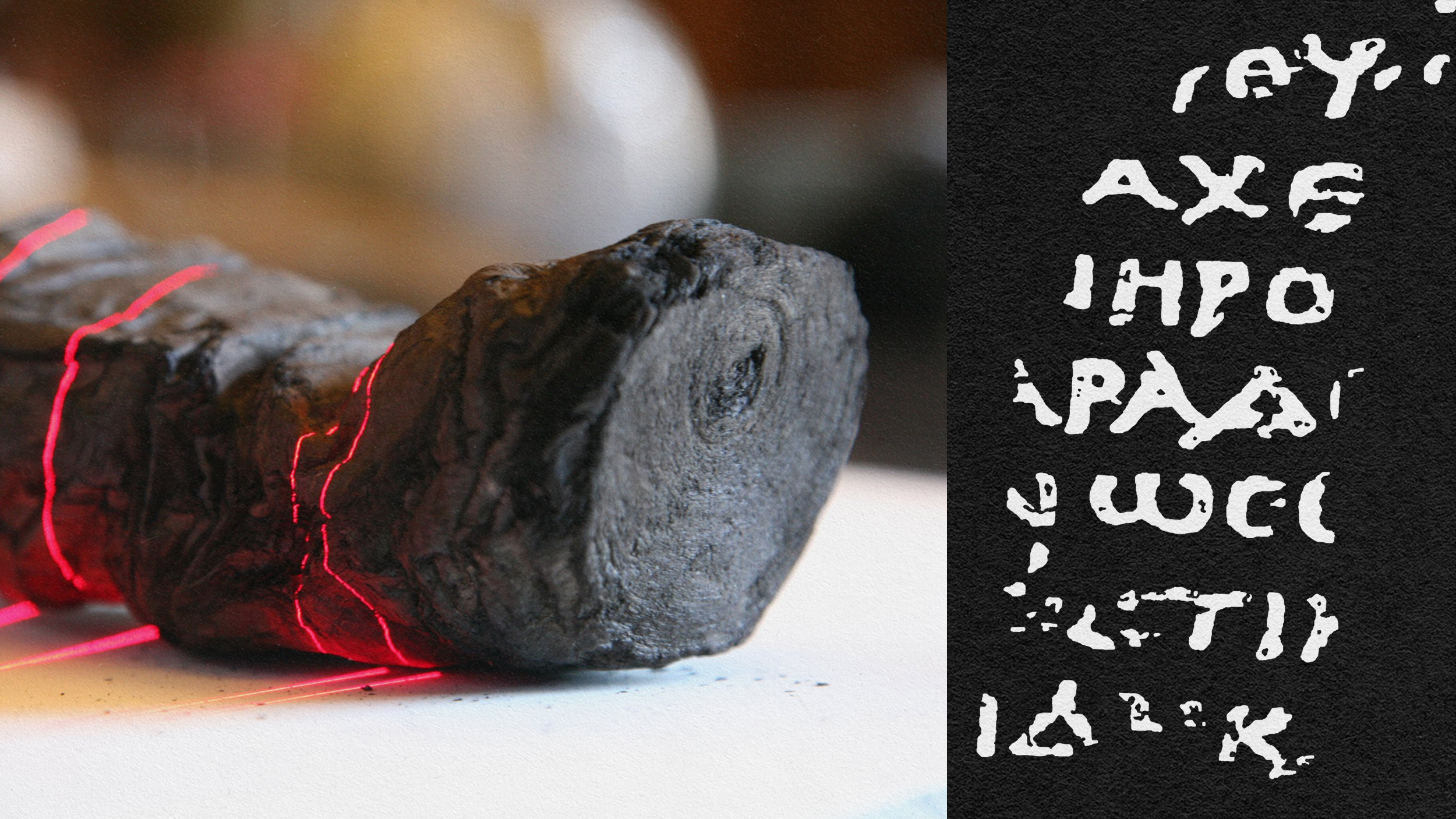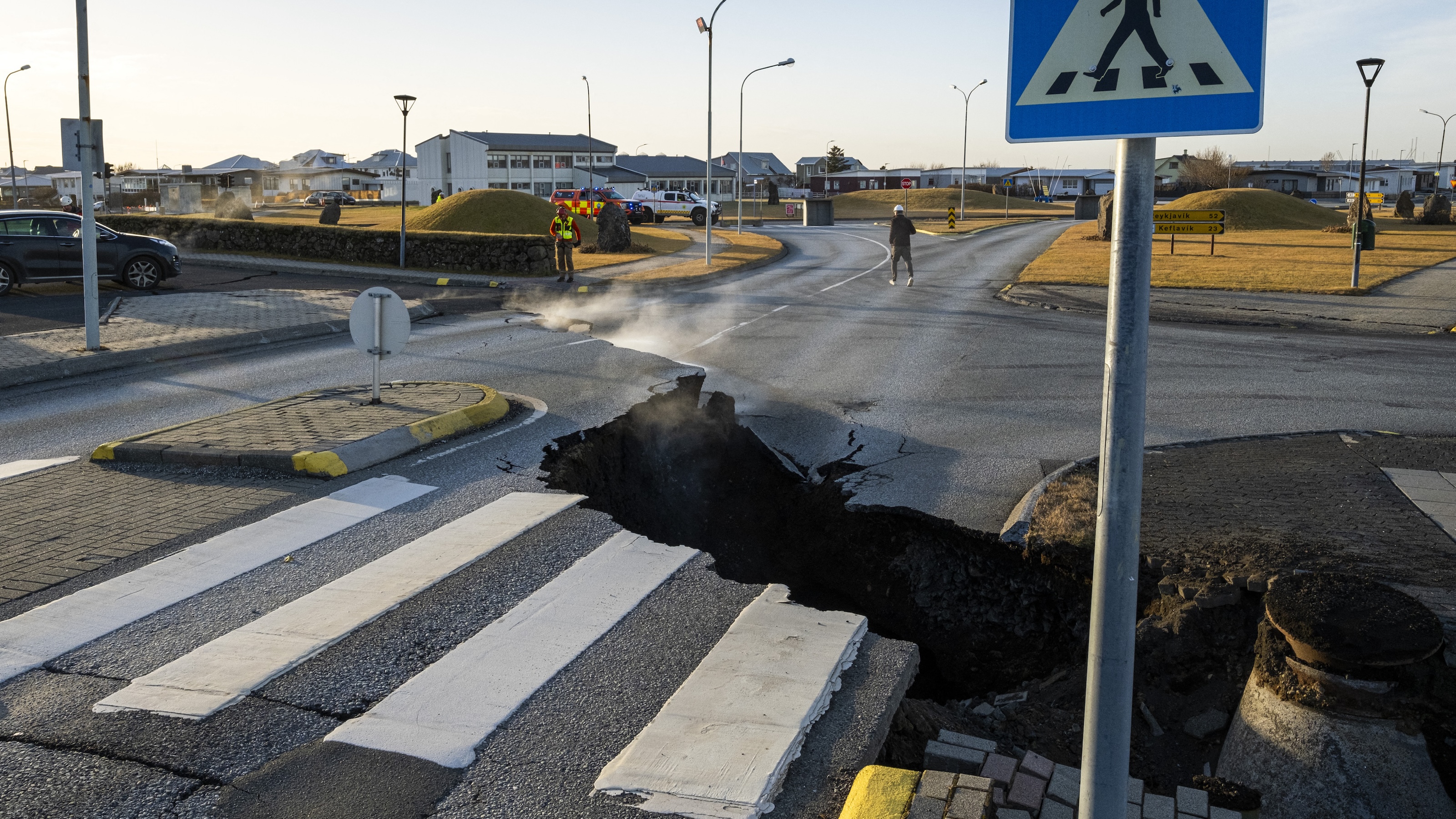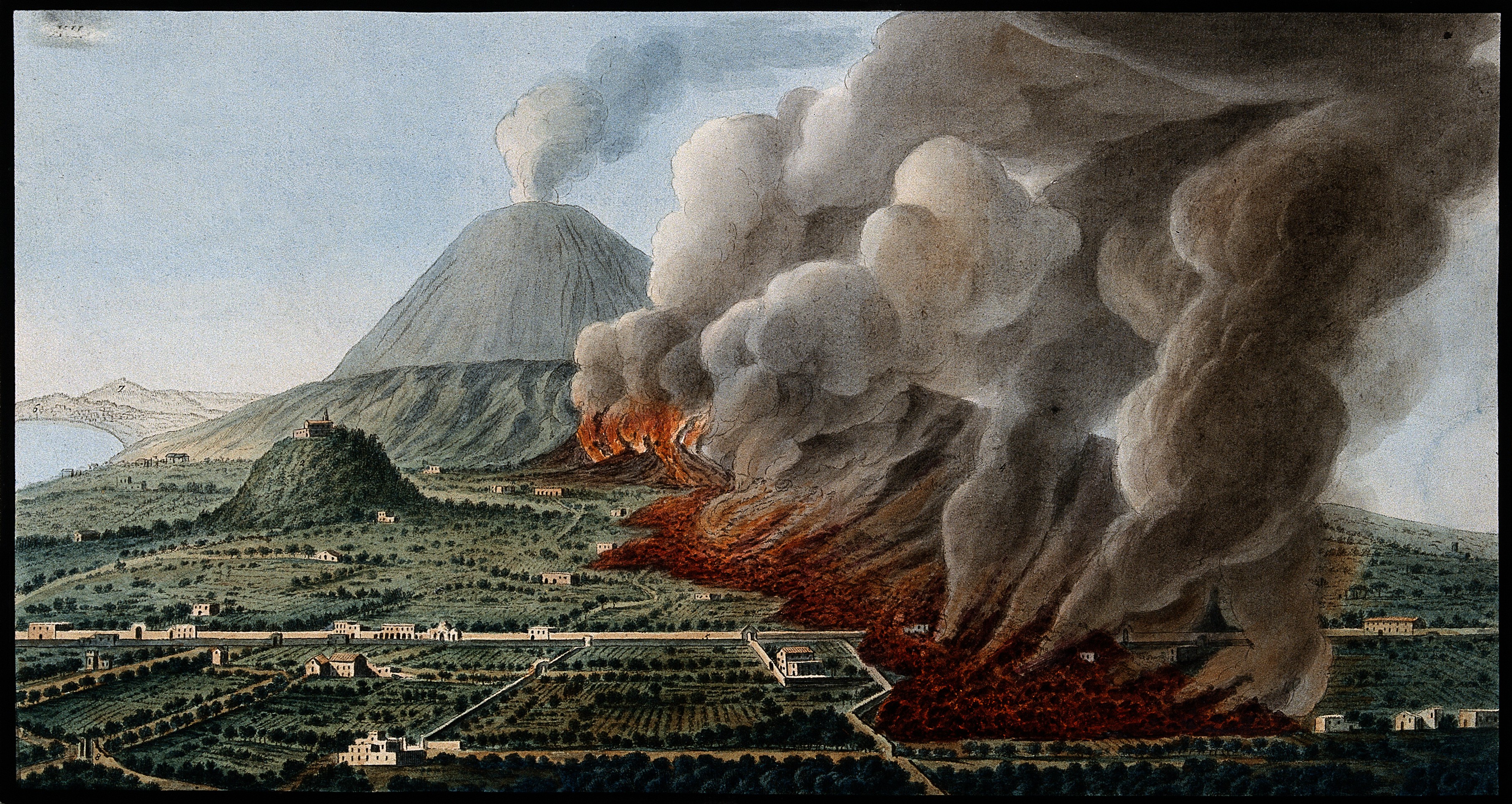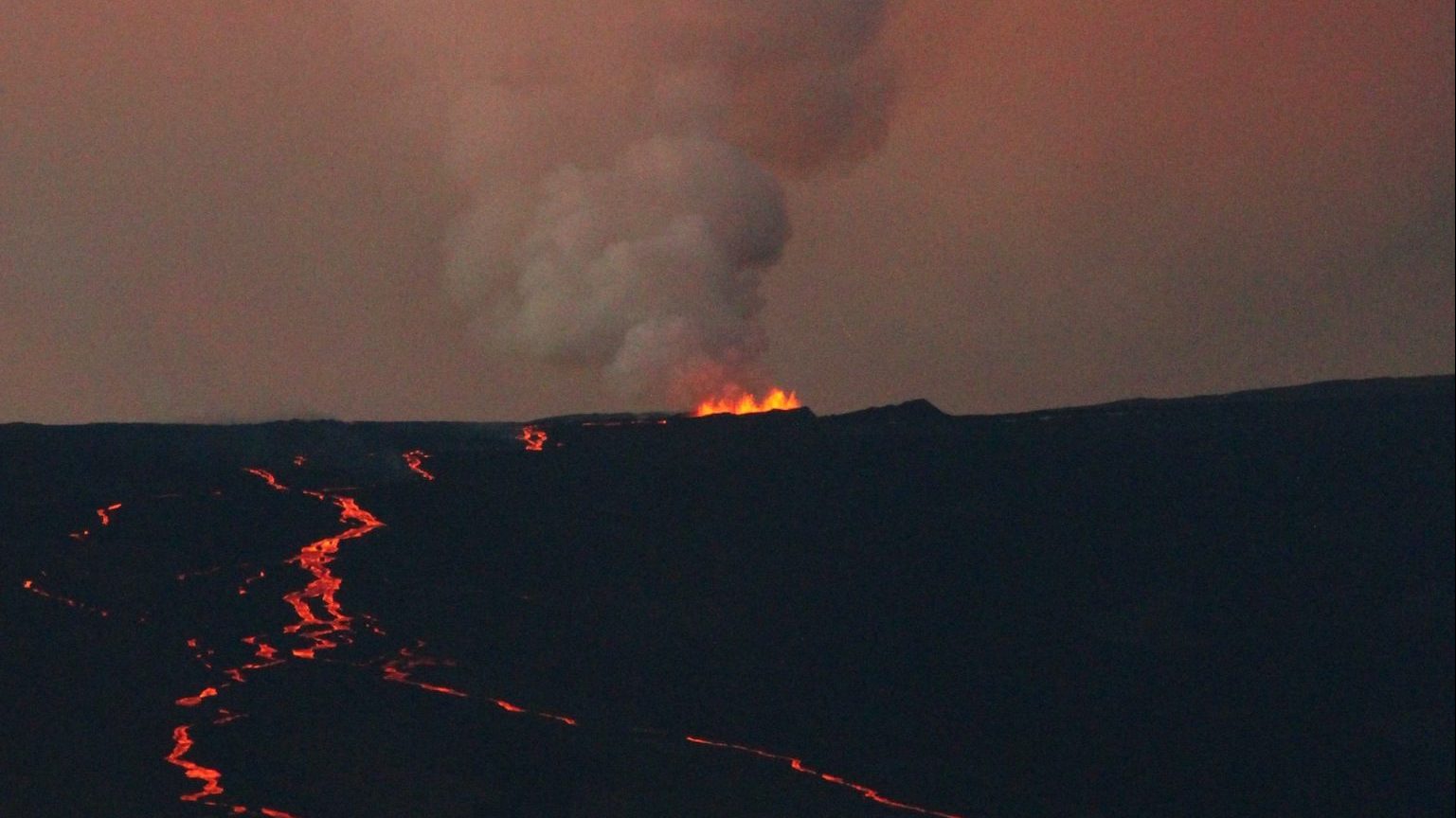Kirishima and Sakurajima seen from space (and more!)

Quick updates for today, all centered on the Smithsonian/USGS Global Volcanism ProgramWeekly Volcanic Activity Report, along with this great new MODIS image from the NASA Earth Observatory – both Sakurajima and Kirishima in the same shot of Kyushu, showing the strong Kirishima plume (also seen in the top left – click on the image to see a larger version) and weaker Sakurajima plume drifiting to the ESE.

Kirishima is still erupting, which some suggestion that the explosions are coming with more frequency – although it is unclear where exactly the activity is headed. Eruptions readers have been following all the details of this eruption closely, so check out their image and video collections that have been left in the comments, but the explosions from the volcano (video) are remarkable. You can check out some of the effects of the ash fall on National Geographic – and as always, be sure to check out the webcams – one, two and three (6 and 7 from bottom on right hand menu). UPDATE: The eruption at Kirishima is even getting in the way of spring training for the Nippon Baseball League as two teams train in Mayazaki, near Kirishima. Breathing ash can be very hazardous for the respiratory system, even in relatively small quantities – remember, it is shards of glass.

Baseball players in Japan training with surgical masks to protect themselves from ash in the air. Image from Big League Stew.
Some other volcano news from this week’s GVP report:
Colombia: The tornillos recorded at Galeras last week that prompted an elevation of the threat level to Orange, suggesting that an eruption was coming soon, stopped on January 30 with no eruption. The only other sign of new activity was a slight increase in fumarolic activity as well, along a volcano-tectonic earthquake (spanish) was felt near Galeras February 1.
Mexico: Popocatépetl (see top left), near Mexico City, has seen numerous steam-and-ash plumes over the last week, and last night, the volcano produced some explosions of incandescent material. These explosions threw material as far as 500 meters from the crater, but CENAPRED is keeping the current alert status at Popo at Yellow.
{Thanks to Eruptions reader Kirby for some of the links in this post.}
Top left: The ash plume from Kirishima, captured on webcam by Eruptions reader Dylan.





